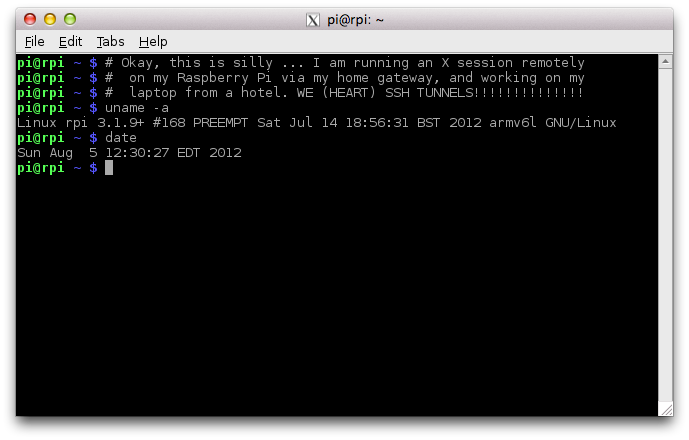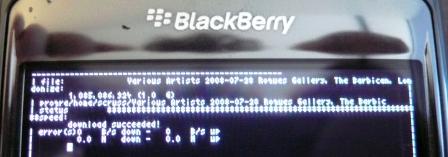My home server went phut last week. There was a brief power outage, and everything else came back on — except the server. It was a three year old Mini-ITX box, and I’m casting about for ways to replace it.
To serve my immediate music serving and podcasting needs, I have pressed The Only Computer That Runs Windows into service, running Ubuntu using Wubi. Unfortunately, I do still occasionally need to run Garmin Mapsource, which only runs on Windows, and also The Only Computer That Runs Windows is also rather too nice a laptop to be sat doing server duty.
I have some options:
- Get a new motherboard for the mini-itx box. Via still has some crazy ideas about pricing (over $200 for a fanless C7?) but maybe I’ll go for Intel’s snappily-named D945GCLF, which looks okay for what I need and is only $80.
- I could resurrect the old Athlon box I got in 2002, but it’s big, loud, and its components are probably near end of life. Also, why disturb a mature spider habitat?
What I was really looking for was one of those tiny fanless internet appliance boxes that were so 2007 (like the Koolu and the Zonbu, both of which have moved on to other things), but such units, without the tied storage service contract, are upwards of $500.
My needs are simple:
- run Firefly to feed the Soundbridges;
- generate the automatic podcast every day, which realistically means a linux box with Perl, sqlite and the like;
- have something to ssh into when boredom strikes the need arises. Perhaps unwise having an open machine sitting directly on the internet, but only the ssh port will be open.
I really also need to get rid of all the computer junk in the basement. It now includes two fritzed mini-ITX systems and the world’s slowest PostScript laser printer. Such fun.


